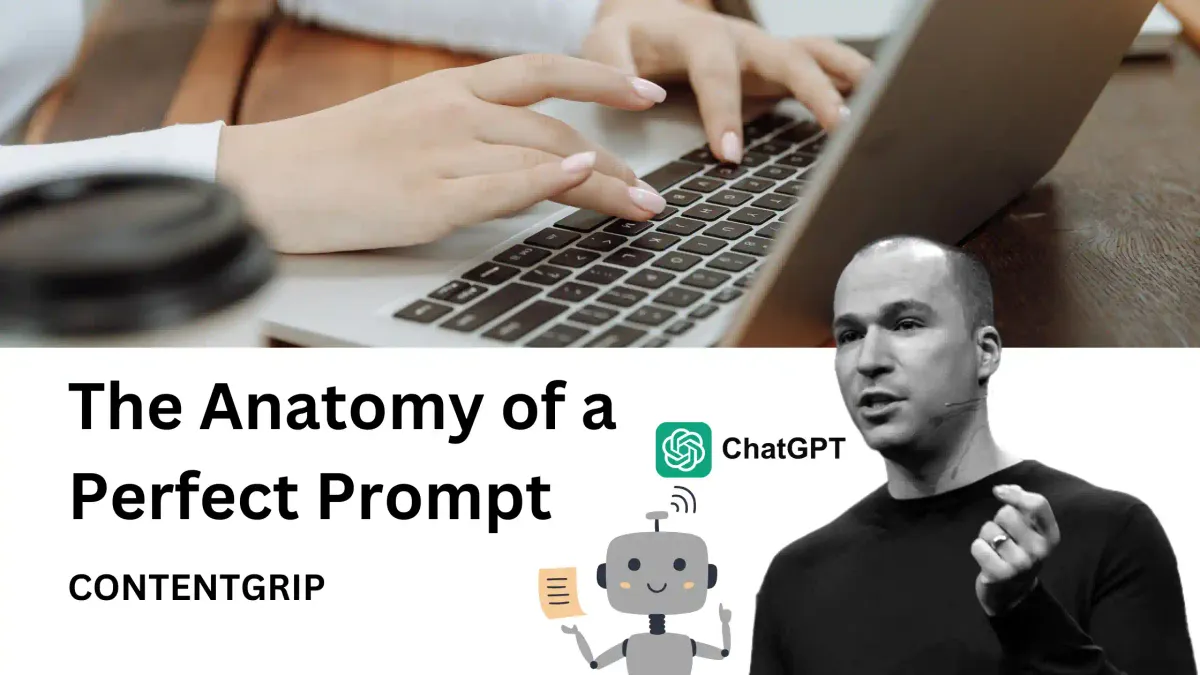How to write a press release that actually gets read
Structure, examples, and real-world fixes for marketers writing press releases on tight timelines.

Writing a press release sounds simple—until you have to do it.
You’re juggling internal approvals, trying to make the update sound relevant, and hoping a journalist actually opens your email.
But when it works, a press release can get a journalist interested enough to cover your story while also driving search traffic to your site through branded keywords or announcement-specific terms. That kind of visibility helps build credibility, attract new visitors, and support future campaigns.
The problem?
Most press releases get ignored—not because the news isn’t strong, but because the writing isn’t clear.
This guide shows how to write a press release that works—for the journalist scanning dozens of inbox pitches a day, and for the marketer who wants results without the guesswork.
💡 Pressed for time? Here’s what matters:
- A good press release is short (300–500 words) and structured clearly.
- Journalists skim—your headline, summary, and quote must carry the story.
- Always answer the 5 W’s: who, what, when, where, and why.
- Include a real quote, a boilerplate, and contact info.
- Send it with a short email: headline as subject, summary + first paragraph in the body.
- Use AI for speed—but edit like a human.
- Still lost? Start by writing the headline. If it’s not news, it’s not a press release.
When to write a press release
Not every update needs a press release. But, if you’re launching something new, hitting a milestone, or making a strategic move, a press release helps control the message, and gives journalists something official to work with
Here’s when it makes sense:
- How to write a press release for a new business → announce the launch date, your target audience, and why it matters now
- For an event → include key dates, location, guest names, or partnerships
- For a product → highlight what’s new, unique, and what problem it solves
- For music or art → tell the story behind the release, who’s involved, and where to access it
Still on the fence? Try writing a headline. If it doesn’t read like a story you'd expect to see on a tech or industry site, maybe it's better as an internal update or blog post.
Press release structure: what to include and how to write it fast
Most journalists don’t read full emails or attachments—they scan for signals: is this announcement clear? does it sound like news? is it easy to republish?
That’s why structure matters. A clean format helps journalists spot what they need fast: the headline, the key detail, and the quote they might lift for coverage.
A typical press release runs 300–500 words. It skips fluff, sticks to facts, and includes six core parts:
- Headline
- Summary
- First paragraph
- Quote
- Boilerplate
- Contact info
Press release examples: what to write in each section
1. Headline
Your headline should summarize the announcement in one line. Avoid slogans and vague branding language. Treat it like your email subject line.
✅ “TravelTech expands to Southeast Asia with Jakarta office launch” ❌ “TravelTech enters exciting new phase of global growth”
2. Summary
Write a 1–2 line summary right under the headline. This is what journalists see first in email bodies and newswire previews.
TravelTech, a booking platform for group travel, has opened a new office in Jakarta to support its growing user base in Southeast Asia.

3. First paragraph
This is the full announcement: who, what, when, where, and why. Include relevant data, timelines, and impact.
TravelTech today announced the launch of its new Jakarta office, officially opening April 12. The move is part of the company’s 2025 expansion plan to support travelers across Indonesia, Singapore, and Malaysia.
4. Quote
Add a quote from leadership that gives insight—not hype. It should explain context, timing, or future plans.
"We’ve seen a 40% increase in group travel bookings from Southeast Asia over the past year," said Alex Chen, TravelTech’s COO. "This team will help us localize the product and support our partners on the ground."
5. Boilerplate
This is a short “about us” paragraph. It goes at the end of every release and doesn’t change often.
About TravelTech: TravelTech is a platform that simplifies group travel planning. Founded in 2020, the company is headquartered in Berlin and serves over 15,000 travelers each month. Learn more at traveltech.co.
Wondering what is a boilerplate in a press release? It’s the short, consistent company summary that appears at the bottom of every release. It’s not an ad—it’s your basic identity.
6. Contact info
Always add a real name and contact. Don’t leave the media guessing who to email.
Contact: Nina Patel, PR manager – nina@traveltech.co
Need help visualizing the layout? Look up a written press release example from a brand in your industry. Even a press release example for students can be a helpful reference if you’re just getting started.
How to write a press release email
Most press releases go nowhere because the pitch email is weak. Here’s how to write one that works:
- Subject line = your press release headline
- Body = copy your summary + first paragraph
- Add a link to the full release
- Sign off with a real name and phone number
Avoid attachments unless you’ve already built a relationship with the reporter. Keep it scannable.
How to write a news story (and why it helps your release)
Think like a journalist. Would someone run this as a standalone story? What’s the hook? The clearer you make the story, the more likely it gets picked up. Start with the basic five: who, what, when, where, and why.
Writing with this mindset also makes it easier for internal teams to align—because you’re already framing the announcement in terms of outcomes, not just features.
Can AI write a press release?
AI can draft press releases, rewrite your boilerplate, or help with formatting. But it can’t replace good judgment or tone. It won’t know if your angle is newsworthy—or if your quote sounds robotic.
The tips? Use it to speed things up, not to replace the thinking. If you're looking for structured writing support beyond AI, a service like the EssayPro essay service can help craft polished content when you're on a deadline.

Distributing a press release isn't magic, but it can still get results. A press release puts your brand in front of journalists, drives traffic through SEO, and creates a content asset you can reuse.
Whether you write in-house or work with an agency, stick to a clean format, a real story, and a journalist-first mindset.
If you're still exploring where to send your press release, we also reviewed tips from EIN Presswire. A quick read if you're comparing distribution platforms.

People also asked
What are the 7 steps to a press release?
These are the basic steps marketers follow when writing a press release:
- Define the announcement
- Write a clear headline
- Add a summary that can double as your email intro
- Write the first paragraph with the full update (who, what, when, where, why)
- Add a quote that explains context
- Include a boilerplate and contact info
- Format and send via email or distribution platform
What are the 5 w’s in a press release?
This refers to the core questions every press release should answer—ideally in the first paragraph:
- Who is involved?
- What is happening?
- When is it happening?
- Where is it happening?
- Why does it matter?
How to write a press release with examples?
You’ll find press release examples for each section above—headline, summary, announcement, quote, and boilerplate. Real examples help clarify tone and structure, especially if you’re writing your first release.
What does a good press release look like?
A good press release is short (300–500 words), well-structured, and easy for journalists to scan. It has a clear headline, strong first paragraph, a useful quote, and contact info. Most importantly, it sounds like news—not marketing copy.





